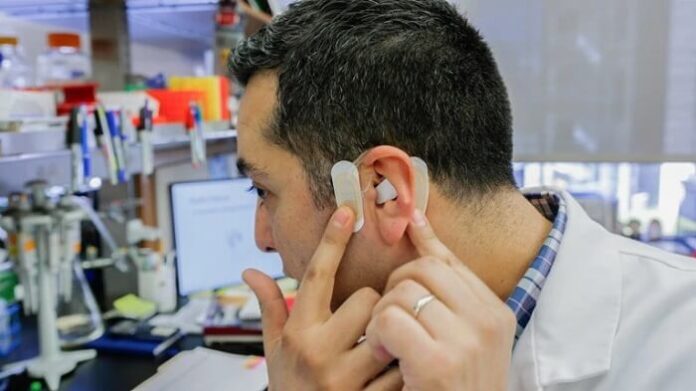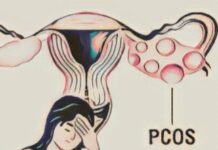

Forget the gauze and bandages: a new technique involving electrical stimulation near the ear may help reduce bleeding. Researchers are optimistic that this method, termed a “neural tourniquet,” could eventually be used before surgeries, childbirth, and other situations that risk severe bleeding.
As reported by Nature, preliminary results presented at the 2024 Society for Neuroscience conference reveal that this treatment enhances platelet activity, which is crucial for blood clotting. Jared Huston, a trauma surgeon at the Feinstein Institutes for Medical Research in Manhasset, New York, and a co-developer of the treatment, highlighted the urgency of addressing bleeding in medical emergencies, noting, “Bleeding can kill you much faster than sepsis.”
The Impact of Hemorrhage
Uncontrolled bleeding, or hemorrhage, is responsible for approximately 60,000 deaths annually in the United States. To mitigate this, Huston and his team are developing a treatment that targets the vagus nerves, extensive nerve networks connecting the brain and body. Unlike a conventional tourniquet that restricts blood flow, this electrical stimulation prompts the spleen, which stores about one-third of the body’s platelets, to prepare these platelets for clot formation.
Testing the Treatment
In experiments, the researchers made small incisions in the ears of healthy pigs. Results showed that the treated animals lost 50% less blood, and their bleeding duration was 40% shorter compared to those who did not receive the treatment. The team also applied the method to mice with hemophilia— a disorder affecting the blood’s clotting ability— and observed similar results. The nerve stimulation appears to boost calcium uptake by platelets in the spleen, enhancing their readiness to release essential components when they encounter an injured blood vessel, both critical for clot formation.
Promising Findings
Last year, Huston and Spark Biomedical, a biotechnology company in Dallas, Texas, initiated a trial with 30 participants. Some individuals received mild electrical currents at one of two stimulation sites near the ear, while others were given sham stimulation. Preliminary data indicates a modest improvement in clot stability and platelet activation from the treatment. However, there are concerns regarding the timing of the treatment: platelet activation peaked two hours post-stimulation, which may limit its practicality in emergency settings. Huston is still evaluating whether the treatment could lead to excessive clotting elsewhere in the body but is reassured by the long-standing safety record of nerve stimulation.
Uncertainty and Future Directions
It remains to be seen whether increased clot stability will translate into less bleeding in humans. Svetlana Mastitskaya, a cardiovascular neuroscientist at the University of Bristol, UK, noted that it would be beneficial to observe more tangible effects of the intervention. Huston acknowledged that studying bleeding time and volume in humans is more complex due to ethical considerations but suggested that insights could be gained by examining individuals with hemophilia or those preparing for surgery.
Further research is being conducted on women with type 1 von Willebrand disease, who often suffer from excessive menstrual bleeding and may lose up to a liter of blood during their periods. According to Navid Khodaparast, chief scientific officer at Spark Biomedical, participants in this study receive one hour of stimulation twice daily to help manage their bleeding, with results expected soon.























